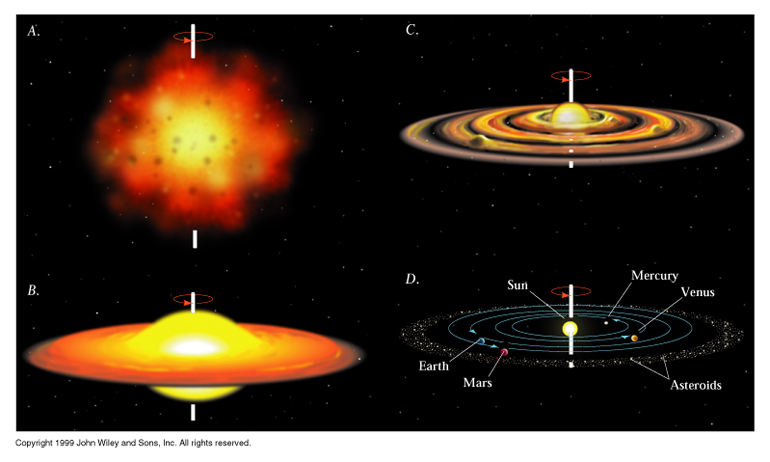A couple of weeks ago, scientists announced that they had discovered a new millisecond pulsar with what is most likely the degenerate core of a star orbiting it. Since this newly discovered planet-like object probably has a mass close to Jupiter's but a radius closer to that of the Earth, it is extremely dense, and since it is most likely composed primarily of carbon, it would have a crystalline structure. In the media, of course, this is being announced with the sensational headline "Diamond planet found!"

The pulsar around which this planet is orbiting is called PSR J1719-1438, and it is a neutron star with a rotational period of 5.7 milliseconds. It's located in the constellation Serpens and is 4000 light years from us. A neutron star, of course, is the compact object that remains after a massive star goes supernova. As you might have guessed from their name, neutron stars are composed almost entirely of neutrons since the gravitational force of these objects have on themselves is stronger than the force keeping electrons and protons as separate particles (also called electron degeneracy pressure).
Neutron stars are often called "pulsars" because they emit regular bursts of light in the radio part of the spectrum. Since neutron stars used to be very large objects and were compressed into a small volume, they spin very quickly (hence "millisecond" pulsar) and have extremely large magnetic fields. Like supercharged northern lights, charged particles would be drawn in by the magnetic field and emit light as they speed up towards the magnetic poles (though this happens because of the interaction of these charged particles with our atmosphere on Earth). Just like with the Earth, the magnetic poles and axis of rotation aren't lined up, so as the neutron star rotates, the flash of light caused by these accelerating charged particles twirls around like a lighthouse. This is best shown in a diagram (stolen from the ATNF Pulsar Education page):

The interesting part about the PSR J1719-1438 system is that the "planet", which is called PSR J1719-1438b, is in fact believed to be the core of a dead star, which is certainly not how we usually think about planets being formed. Planets like those in our solar system were formed about the same time as the sun. The big cloud of gas out of which our sun was formed collapsed into a disk, and out of this disk gradually clumped together what would become the planets in our solar system. It would have looked something like this (from Astronomy Online):

What scientists think happened in this case, however, is that the PSR J1719-1438 system was originally a binary star system with one star large enough to go supernova and the other less massive. Because it would have burned through it's fuel more quickly, the more massive star would have died first and gone supernova, turning into the neutron star. The smaller star would have burned through its stellar fuel more slowly and as it started to turn into a red giant, its outer layers expanding as it finished burning hydrogen into helium and progressed to burning helium into carbon, the neutron star would start stripping material off its companion. The outer layers of hydrogen and helium would be torn away leaving only the dense core of carbon. In a slightly different situation, the smaller star might have been completely destroyed by the neutron star, but in this case, the tiny core was just far away enough (at 600,000 km, roughly the distance between the Earth and the Moon) and compact enough that it was able to survive.

Though this is a very exciting discovery, I have some, probably unfounded, issues with calling this object a planet. The official IAU definition of a planet is as follows:
"A "planet" is a celestial body that: (a) is in orbit around the Sun, (b) has sufficient mass for its self-gravity to overcome rigid body forces so that it assumes a hydrostatic equilibrium (nearly round) shape, and (c) has cleared the neighbourhood around its orbit.Though all these criteria are probably true for PSR J1719-1438b, it seems strange to call something a planet which used to be a star.
At any rate, this is very cool science and I'm looking forward to seeing if more systems like this are discovered!
No comments:
Post a Comment